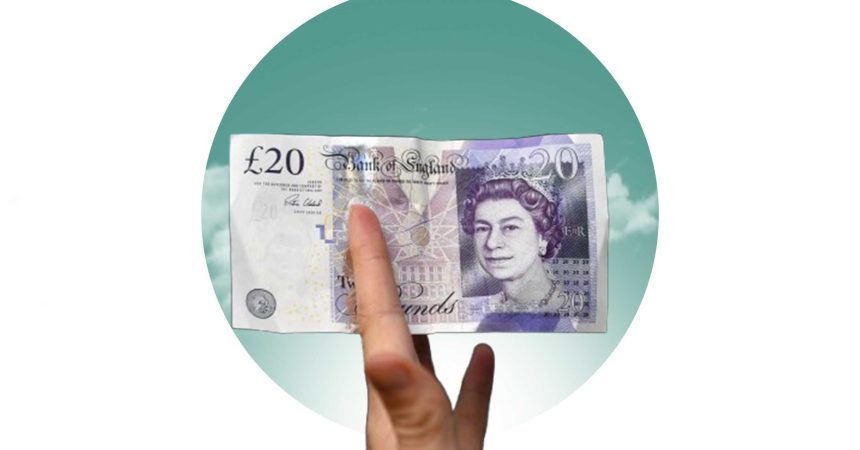Concerns about the future of Paper Money are growing..
Although the $100 bill is one of the most widely used currencies, paper money in general is undergoing a major shift as the world moves toward digital payments.
Concerns about the future of physical currency are growing amid the rise of digital currencies and changing consumer habits.
Sparking debates about the potential discontinuation of these iconic banknotes.
However, with some upcoming modifications, the $100 bill will remain in circulation for now.
In collaboration with the Secret Service and the Advanced Counterfeit Deterrence Steering Committee, the Federal Reserve and the Bureau of Engraving and Printing are working to enhance banknote designs and incorporate advanced security features.
The goal of these efforts is to maintain the currency’s value and protect it from counterfeiting.

Fluctuations in the Value of the $100 Bill
The $100 bill, featuring Benjamin Franklin, is one of the most recognizable American symbols.
It is the highest-denomination note currently in circulation in the U.S.
Franklin, one of the Founding Fathers, was not only involved in drafting the Declaration of Independence.
He was also a prominent scientist and inventor.
According to reports from the Bureau of Engraving and the Federal Reserve, redesigned $100 bills are expected to enter circulation between 2034 and 2038.
Over the years, the U.S. dollar has experienced significant fluctuations in value.
Notably, George Washington, who has appeared on the $1 bill since 1876, remains a prominent figure in American currency.
The history of U.S. banknotes dates back to 1791 when Alexander Hamilton established the Bank of the United States.
Since then, the $100 bill has undergone several redesigns, the most recent in 2013.
Franklin’s presence on the bill symbolizes the “American Dream,” reflecting his journey from poverty to prosperity.

The Future of Paper Money in the Digital Economy
As digital payments become more prevalent, many wonder whether paper money will remain relevant.
Services like Apple Pay and other digital payment options are growing in popularity.
Making transactions more secure and convenient.
However, some individuals still prefer cash due to their distrust of online banking.
Younger generations, who prioritize efficiency and speed, are drawn to contactless payments, digital wallets, and cryptocurrencies.
However, accessibility, privacy, and security remain major challenges in this transition.
Particularly for older people, rural communities, and undocumented immigrants.
The role of physical currency in the economy may undergo a drastic transformation.
As governments explore the possibilities of central bank digital currencies (CBDCs) and the demand for cash declines.
While cash may not disappear entirely, its significance is expected to diminish in the coming years.
The UAE has achieved a leading position among the top 10 countries in the world in terms of the number of artificial intelligence companies per million people, according to the Global Artificial Intelligence Competitiveness Index issued by the International Financial Forum (IFF). pic.twitter.com/QLCiE1hMGm
— UAE Voice (@uae_voiceeng) February 13, 2025
Preparing for a Digital Future
Ultimately, we must begin preparing for a future where digital payments become the norm.
However, caution is needed when using online banking services.
As new security challenges will emerge with this shift.
Although the $100 bill will continue to exist for some time, the phrase “cash is king” is becoming less relevant in today’s world.
Nevertheless, it is always advisable to keep some paper money in hand for emergencies.





